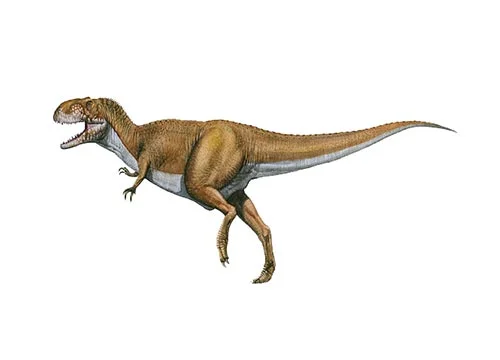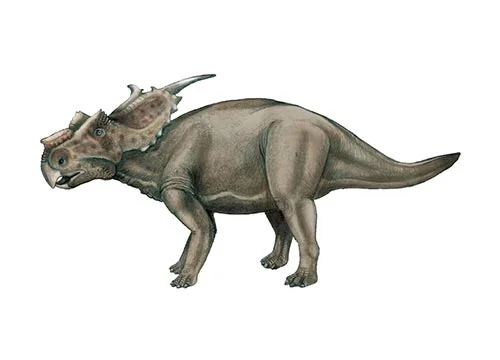Troodon (wounding tooth)

Tru-don
Joseph Leidy - 1856
Carnivore
Estimated 3 meters long
Small Theropod
T. formosus (type)
USA, Monatana - Judith River Formation
Late Cretaceous, 75-71 million years ago
Troodon Facts
Troodon, meaning “wounding tooth,” is a genus of small theropod dinosaur that lived during the Late Cretaceous period, around 75-71 million years ago. Its fossils have been found in what is now North America.
Troodon was a small, agile dinosaur, measuring up to 10 feet (3 meters) in length and weighing around 110-220 pounds (50-100 kilograms). It had a relatively large brain compared to its body size, and is often considered one of the most intelligent dinosaurs. Its eyes were large and forward-facing, indicating that it had good depth perception and may have been able to hunt at night.
Troodon had a slender, lightweight build, with long, slender legs and a long, thin tail for balance. Its arms were relatively short and had three-fingered hands with sharp claws. It likely hunted small animals like lizards, small mammals, and insects, using its sharp teeth and agile movements to catch prey.
One of the most distinctive features of Troodon is its teeth, which were sharp and serrated, specialized for slicing through flesh. Its skull was also very unique, with large eye sockets and a long, narrow snout. Its brain was proportionally large, and its intelligence is often compared to that of modern birds.
Troodon is known from several well-preserved fossil specimens, including a nearly complete skeleton found in Montana in 1855. This specimen is one of the most complete dinosaur skeletons ever found and has provided valuable insights into the anatomy and behavior of Troodon and other small theropod dinosaurs.
In conclusion, Troodon was a small, agile theropod dinosaur that lived during the Late Cretaceous period. It had a relatively large brain and is often considered one of the most intelligent dinosaurs. Troodon likely hunted small animals using its sharp teeth and agile movements. Its fossils have provided valuable insights into the anatomy and behavior of small theropod dinosaurs, and its unique skull and teeth make it a fascinating subject for paleontologists and dinosaur enthusiasts alike.



